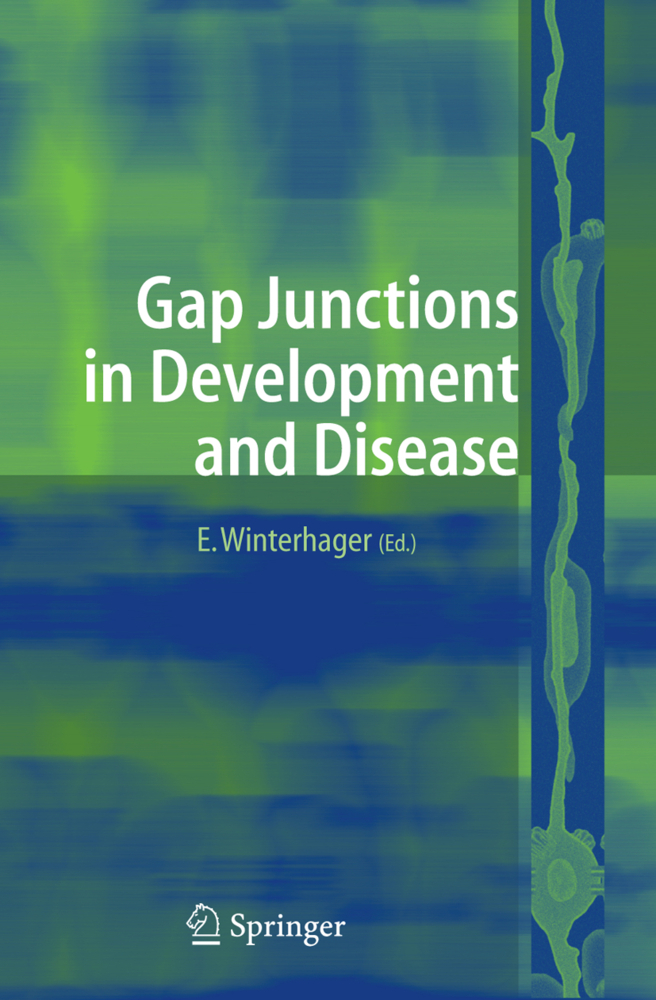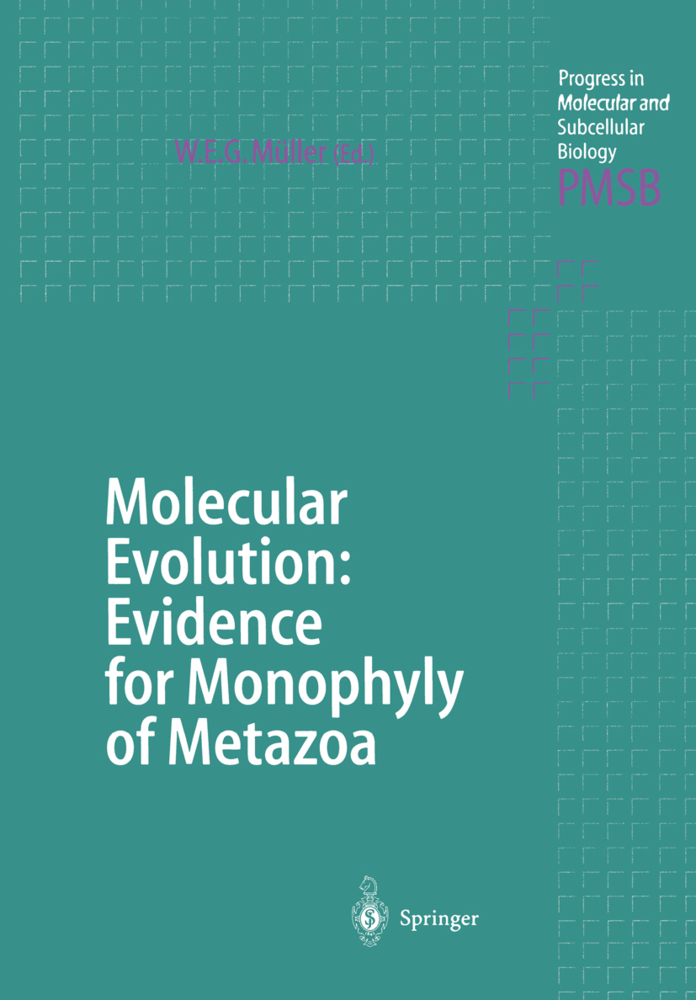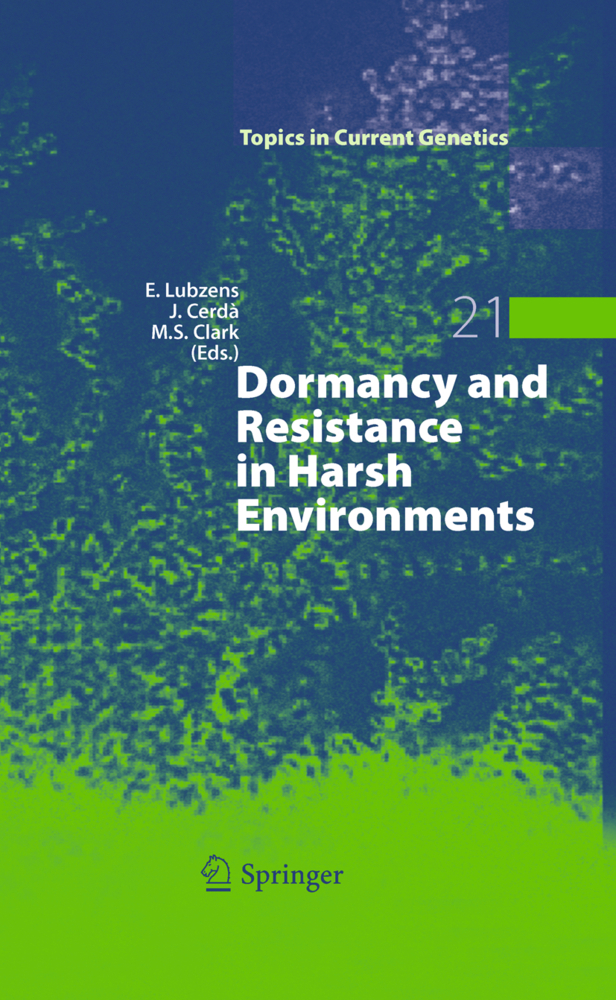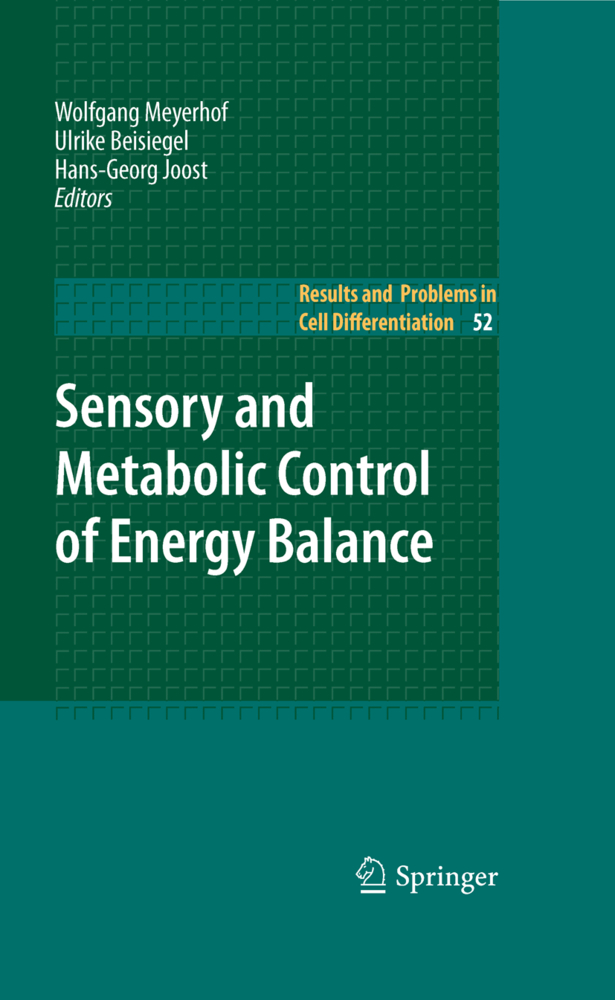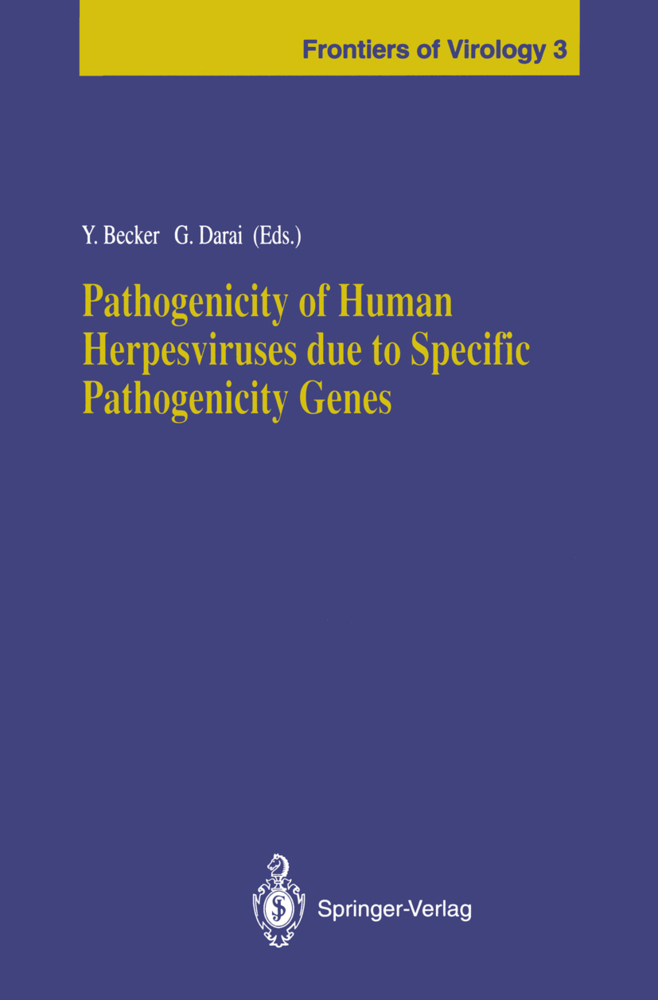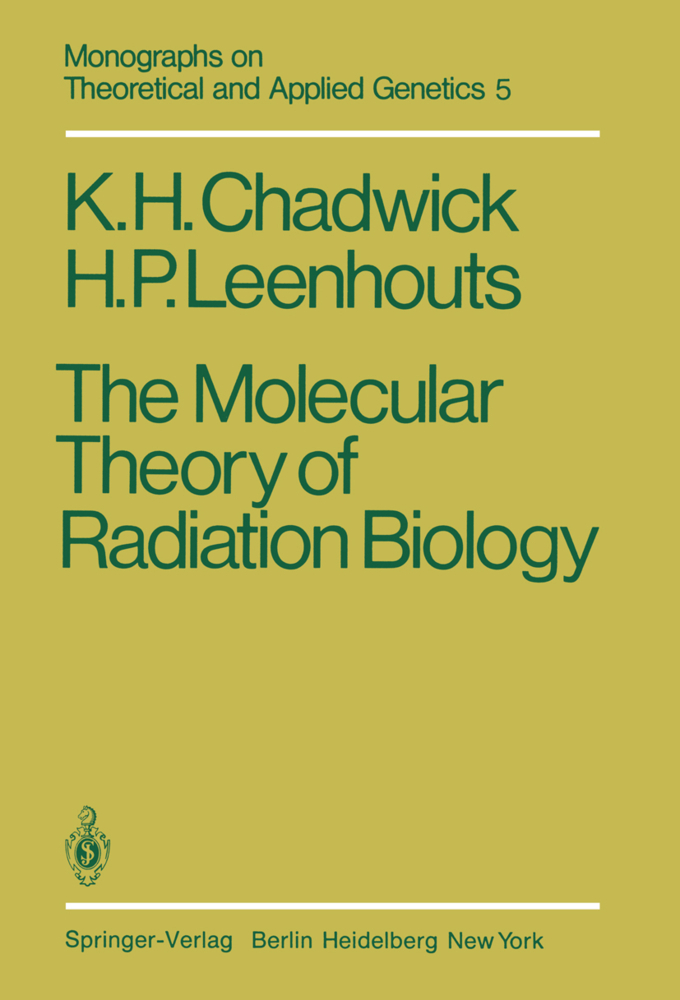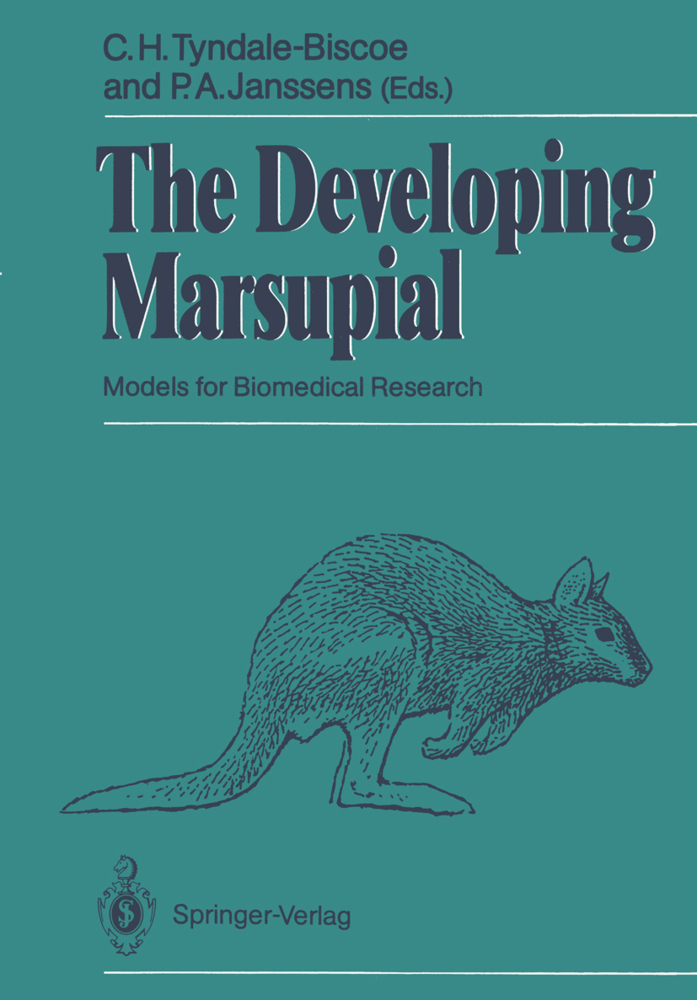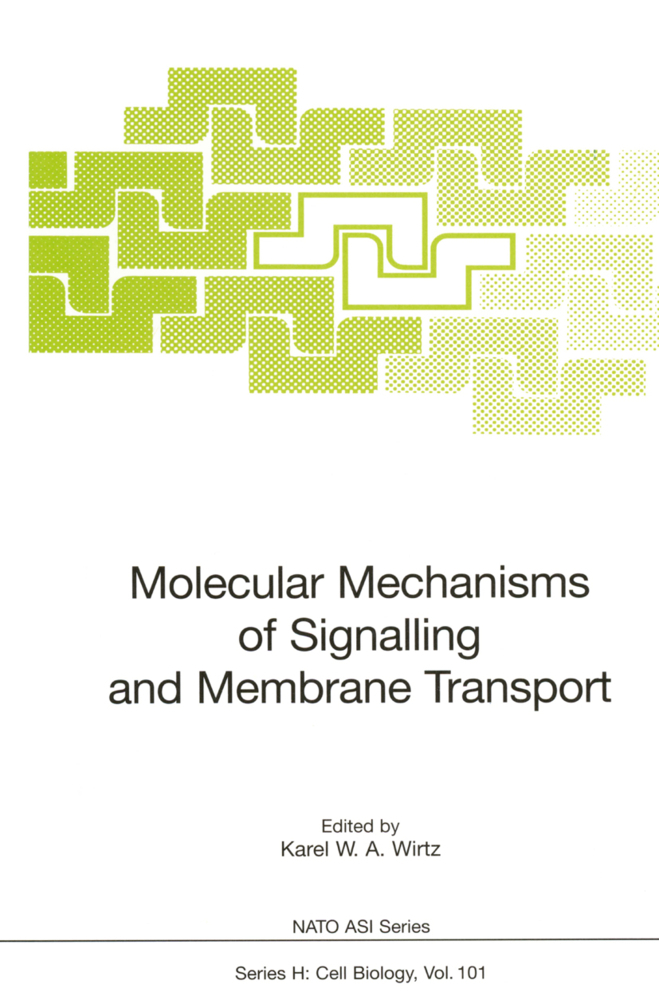Craniofacial Development The Tissue and Molecular Interactions That Control Development of the Head
The Tissue and Molecular Interactions That Control Development of the Head
Craniofacial Development The Tissue and Molecular Interactions That Control Development of the Head
The Tissue and Molecular Interactions That Control Development of the Head
Craniofacial development is a multistep and intricate process initially involving a number of inductive interactions that control neural and neural crest development, which are followed by a series of epithelial-mesenchymal interactions that control outgrowth, patterning, and skeletal differentiation. Certain aspects of craniofacial development are unique developmental processes in higher vertebrates. First, in higher vertebrates the cranial neural crest, in contrast to the trunk neural crest, gives rise to the skeletal structures. These skeletal elements include those comprising mem brane bone and secondary cartilage, which with the exception of the clavicle are tissue types found exclusively in the head in higher vertebrates. Second, with the exception of the tongue, the origin of the musculature is distinct from other regions of the body. The body and tongue muscles are formed from the segmented epithelial somites whilst the head musculature is formed from unsegmented paraxial and prechordal mesoderm. Furthermore, the signalling cascades that control myogenic differentia tion appear to be distinct as determined by gene expression and the response of myogenic cells to growth factors. Finally, the neurogenic placodes, which give rise to the sensory organs and some cranial ganglia, are only found in the head. Over recent years, there have been significant advances in our knowledge of the molecular proc esses that control craniofacial development in a number of animal models. This has given insight into the genes that control many aspects of head development from the initial induction of the head to the final stages of differentiation.
2.1 Exencephaly
2.2 Holoprosencephaly
3 Fate and Roles of the Neural Crest, Mesoderm, and Epithelium
3.1 Neural Crest
3.2 Mesoderm
3.3 Epithelium
4 Neural Crest Development
4.1 Generation
4.2 Segregation ofHindbrain Neural Crest
4.3 Migration
4.4 Proliferation and Survival
5 Growth and Patterning of the Face and Branchial Arches
5.1 Patterning of the Face and Branchial Arches
5.2 Growth Factor Regulation of Outgrowth of the Facial Primordia
5.3 Fusion of the Facial Primordia
6 Skeletal Development
6.1 Induction of Skeletal Structures
6.2 Skeletal Growth and Differentiation
7 Muscle Development
7.1 Origins and Migration
7.2 Muscle Differentiation
8 Human Craniofacial Syndromes
8.1 Riegers Syndrome
8.2 Treacher-Collins Syndrome
8.3 DiGeorge Syndrome
Summary
References.
1 Introduction
2 Neural and Head Development Are Intimately Linked2.1 Exencephaly
2.2 Holoprosencephaly
3 Fate and Roles of the Neural Crest, Mesoderm, and Epithelium
3.1 Neural Crest
3.2 Mesoderm
3.3 Epithelium
4 Neural Crest Development
4.1 Generation
4.2 Segregation ofHindbrain Neural Crest
4.3 Migration
4.4 Proliferation and Survival
5 Growth and Patterning of the Face and Branchial Arches
5.1 Patterning of the Face and Branchial Arches
5.2 Growth Factor Regulation of Outgrowth of the Facial Primordia
5.3 Fusion of the Facial Primordia
6 Skeletal Development
6.1 Induction of Skeletal Structures
6.2 Skeletal Growth and Differentiation
7 Muscle Development
7.1 Origins and Migration
7.2 Muscle Differentiation
8 Human Craniofacial Syndromes
8.1 Riegers Syndrome
8.2 Treacher-Collins Syndrome
8.3 DiGeorge Syndrome
Summary
References.
Francis-West, P. H.
Robson, L.
Evans, D. J. R.
| ISBN | 978-3-540-00363-2 |
|---|---|
| Artikelnummer | 9783540003632 |
| Medientyp | Buch |
| Auflage | Softcover reprint of the original 1st ed. 2003 |
| Copyrightjahr | 2003 |
| Verlag | Springer, Berlin |
| Umfang | VI, 144 Seiten |
| Abbildungen | VI, 144 p. |
| Sprache | Englisch |

